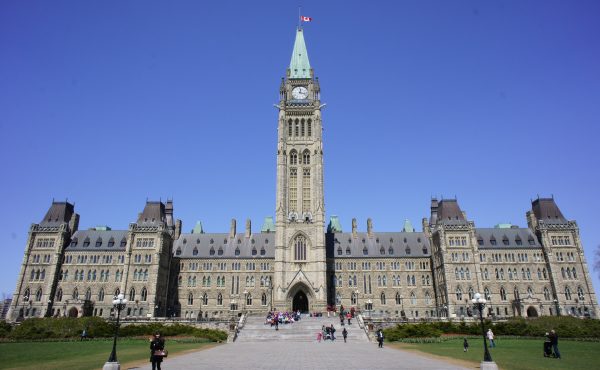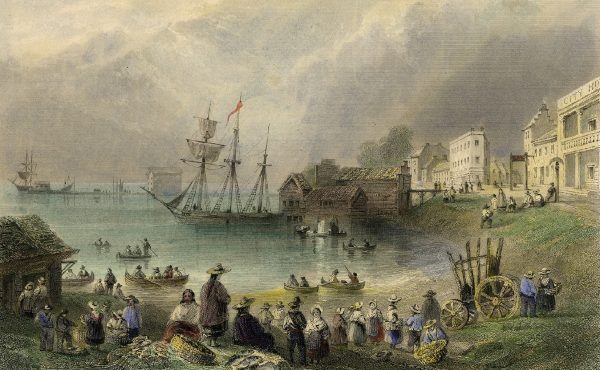This series features highlights from the ongoing exhibit The Fourth Wall: Transforming City Hall. The exhibit, on now at the Urbanspace Gallery, considers possible avenues to break down the barriers to participation in civic life that exist at Toronto’s City Hall.
![]()
As the 2012 budget discussion heats up, citizens are liable to feel that their priorities are not reflected in the proposed spending. Emotions surrounding the spending decisions and the process by which they are reached are justifiably intense – these choices shape the city around us.
The public is invited to engage in this process through a series of consultation events and activities (this year’s festivities begin December 7th). As Councillor Ford put it this past year, “we always listen to the people.” Yet many participants walk away feeling like their participation hasn’t made an impact on the outcomes.
Several jurisdictions are experimenting with a greater degree of citizen involvement in their budgeting processes. Toronto-native Josh Lerner, the brains behind a recent initiative in NYC, defines participatory budgeting as “a democratic process that enables ordinary community members to directly decide how budget money is spent”. The process gives residents a deeper understanding of where their money goes, the real of costs of running a city and their own community’s priorities. To date, more than 1,200 municipalities have initiated some form of participatory budgeting to engage their citizens in the decision making process. I’ll discuss four examples here.
Porto Alegre
Porto Alegre, Brazil conducted the first municipal participatory budgeting process in 1989 and continues to do so annually. Through the process, 50,000 citizens allocate 20% of the city’s total budget. The process was instigated by the city’s Union of Neighbourhood Associations and uses a subsidiary structure to ensure that residents’ voices are heard. Local, regional, and city-wide budgeting units encourage everyone to participate while allowing for negotiation of regional priorities. Observers note that one of the most important benefits of the process is an enhanced sense of community and social cohesion.
Chicago
In 2009, Chicago alderman Joe Moore initiated a participatory budgeting project in his district, the 49th Ward. The project allows all ward residents (regardless of citizenship or voter registration status) to research, propose and advocate for local initiatives to be funded with the ward’s $1.3 million of discretionary funding. In 2010, more than 1,600 citizens cast ballots during the process.
Calgary
In February 2011, Calgary’s City Council initiated a participatory review of core services with an eye towards establishing a formal participatory budgeting process by 2016. The four month process engaged 24,000 individuals through workshops, surveys, community conversations and social media platforms.
Toronto Community Housing
Since 2002, Toronto Community Housing has engaged tenants in a participatory budgeting process to allocate $9 million in capital funds. Projects proposed by tenants range from new lighting and security improvements to community gardens.
Does participatory budgeting appeal to you? How would you improve the existing budget consultation process? Are there any projects you think you could convince your neighbours to support in a participatory budgeting process?
For more information on participatory budgeting, please visit the Participatory Budgeting Project. Previous posts in this series are available here.
The Fourth Wall: Transforming City Hall is on at the Urbanspace Gallery (401 Richmond St. W.) until the end of the year. The building is open weekdays, 7am to 7pm, and Saturdays, 9am to 6pm. Curated by Dave Meslin, Research by Hilary Best, Design by Adam Zinzan-Harris.
Images from Polis, the 49th Ward, Toronto Community Housing, Pardon Me For Asking








